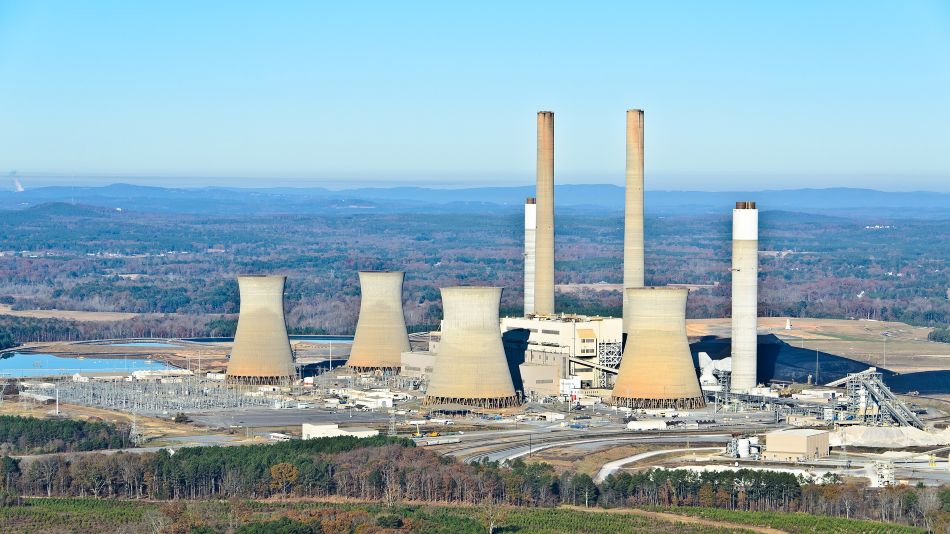National Academies 2017 Report on U.S. Burning Plasma Research
National Academies 2017 Report on U.S. Burning Plasma Research
A new report recently released by the National Academy of Sciences (NAS) warns that the U.S.’s weak participation in the ITER fusion project could have a negative impact on its fusion energy technology development. The report cautions that the U.S. “risks being left behind in the high-risk, high-reward pursuit of bountiful emissions-free energy.”
Since 2003, the U.S. has contributed $1.1 billion to ITER. However, according to ITER spokesperson Laban Coblentz, the U.S. didn’t pay any dues in 2016 or 2017, resulting in a debt of $65 million, and an unpaid 2017 in-kind contribution of $50 million. If the U.S. repays all its dues in 2018, the ongoing ITER machine construction should remain on schedule.
The report also outlines factors threatening the future of US nuclear energy research, including lack of national strategic approach to developing a fusion energy demonstration device: The report cautions that strategic planning guides national research and innovation programs, helps to engage industrial partners, and sets national priorities, enabling research partnerships to develop key areas of expertise. Conversely, the NAS authors note that, “The absence of such a nationally endorsed strategic plan for delivery of fusion energy in the United States inhibits the long-term planning of all participants in the fusion endeavor in the United States, from universities, to national laboratories, to industrial partners. Without a long-term plan, the United States risks being overtaken as our partners advance the science and technology required to deliver fusion energy.”
For further information, access the report here: https://www.nap.edu/catalog/24971/interim-report-of-the-committee-on-a-strategic-plan-for-us-burning-plasma-research



